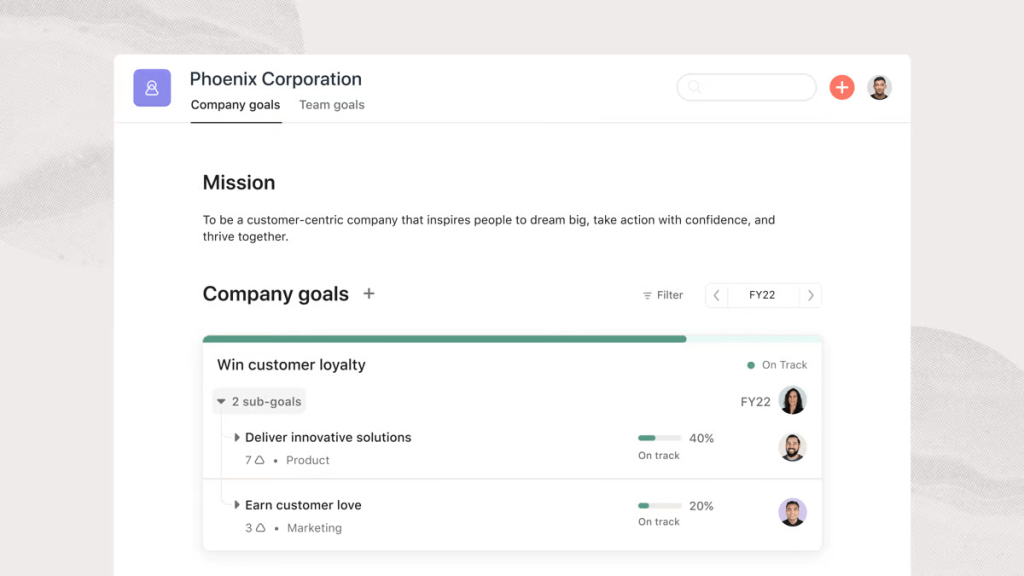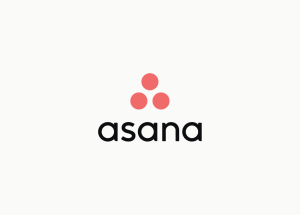Best Project Management Software
What is Project Management Software?
Creative Workflow helps teams automate and streamline recurring processes – requests, reviews, and approvals – to get creative assets across the finish line faster. With Creative Workflow, you can easily collaborate and communicate with both internal departments and external agencies from one centralized point.
- Written By: Marie Hibbler
- May 12, 2024
Fact Checked By: Marie HibblerDate: May 19, 2024
Last Updated By: Richard JeremyDate: May 21, 2024
Published By: Evan HoffmanDate: May 20, 2024

Related Software Categories:
Related Software Reviews:
- Asana Reviews, Pros + Cons, and Top Rated Features
- Basecamp Review and Tutorial 2024
- Tableau Review and Tutorial 2024
- Synchroteam Review and Tutorial 2024
- Squaretalk Review and Tutorial 2024
- Metquay Review and Tutorial 2024
- Meridian Review and Tutorial 2024
- Userflow Review 2024
- Genoo Review and Tutorial 2024
- Bynder Review 2024

- Optimized for quick response
- View top Consulting Services for Salesforce Sales Cloud
-
2 people recommended this software
Price: $13.49
User
- CEO
- CTO
Industries
- Computer Software
- Construction
Market Segment
- 10% Mid Market
- 20% Mid Market
User Sentiment
- Effortless Task Management: Asana simplifies task creation, assignment, and tracking, enabling teams to stay organized and focused on what matters most.
- Customizable Project Views: With flexible project views like list, board, calendar, and timeline, Asana adapts to your preferred workflow, providing clarity and visual context.
- Deadline Management: Never miss a deadline with Asana’s built-in deadline tools, including reminders and progress tracking, ensuring projects stay on track.
- Real-time Collaboration: Seamlessly communicate and collaborate with team members through comments, mentions, and file attachments, keeping everyone in sync.
- Centralized Information Hub: Asana serves as a centralized hub for all work-related information, reducing reliance on scattered emails and meetings for updates.
- User-Friendly Interface: Asana’s intuitive design makes it accessible to users of all skill levels, fostering adoption and productivity across teams.
- Integration Capabilities: Asana integrates seamlessly with other productivity tools, enhancing workflow efficiency and providing a holistic solution for team collaboration and project management.
Asana Pros and Cons
Pros
- User-friendly interface
- Task organization features
- Collaboration capabilities
- Customizable workflows
- Integration with other tools
- Visibility and transparency
- Mobile accessibility
- Automation features
- Advanced reporting options
- Community and support resources
Pros
- Learning curve for beginners
- Complexity for simple tasks
- Dependency on internet connection
- Limited free version features
- Integration limitations with some tools
- Costly for accessing premium features
- Lack of task duplication feature
- Limited customization in free version
- Overwhelming notifications system
- Potential security concerns with cloud storage
Asana features and usability ratings that predict user satisfaction
Asana Reviews, Pros + Cons, and Top Rated Features
Key Takeaways
- Import/Export
- Organizational
- Interface
- Search
- File Preview
Decide if the Business Is Right for You
Bynder’s Digital Asset Management (DAM) is a native cloud-based platform designed to simplify and optimize the management of digital assets for both small and large teams. It provides a centralized location to store and manage all brand, campaign, and product-related assets, serving as a single source of truth. With its powerful functionality, intuitive user interface, and rich set of integrations, Bynder DAM helps teams to efficiently store, organize, search for, and deliver assets, enabling them to create a world-class customer content experience. Whether it’s images, videos, documents, or other files, Bynder DAM makes it easy to access and use digital assets, streamlining workflows and enhancing collaboration across the organization.
Pros and cons
To assure the best user experience we offer multiple ways to find and retrieve assets from the DAM. Google-style Search, Smart Filters, Recent/Saved Searches are all different functionality to help our users to find and retrieve content from the DAM.
Collections help users to quickly find relative assets neatly organized in one place and to easily and quickly share them with internal and external stakeholders.
Home health care industry trends
Dynamic Asset Transformation (DAT) allows customers to automatically generate images that are optimized for each channel and visitor to create powerful digital customer experiences at every interaction.
Brand Guidelines help you create an interactive digital home for all your guidelines – branding, legal, manuals, processes, and more – and unite and educate everyone in your organization on how to create and use on-brand assets.
Industry size and growth
Creative Workflow helps teams automate and streamline recurring processes – requests, reviews, and approvals – to get creative assets across the finish line faster. With Creative Workflow, you can easily collaborate and communicate with both internal departments and external agencies from one centralized point.
Content Workflow enables organizations to create any type of editorial content at scale using structured text and their approved assets straight from Bynder DAM – breaking down the silos and eliminating frictions and delays between the creative and marketing groups.
What kind of people work in home health care?
Studio is Bynder’s response to the need for a unified content creation and templating solution. It allows designers to build image and video templates that can be personalized and adapted quickly by other stakeholders without them needing editing software or any design knowledge.
What barriers to entry are there?
Print Brand Templates accelerate the creation of design-approved print content, so teams can get more out of their marketing investments. With no design skills needed or relying on extra creative resources, marketers can create their own print-ready materials and send them for approval.
Frequently Asked Questions
Faq Ttitle 1
Faq Ttitle 2
Faq Ttitle 3
Conclusion
Bynder’s integration ecosystem enables seamless connections and offers ultimate interoperability between the DAM and other business-critical applications (e.g. CMS, PIM, eCommerce, CRM, Stock, etc.). Automate the delivery of content directly from one system of record by integrating your DAM with all content-serving platforms to bring consistency across channels and reduce time to market.
